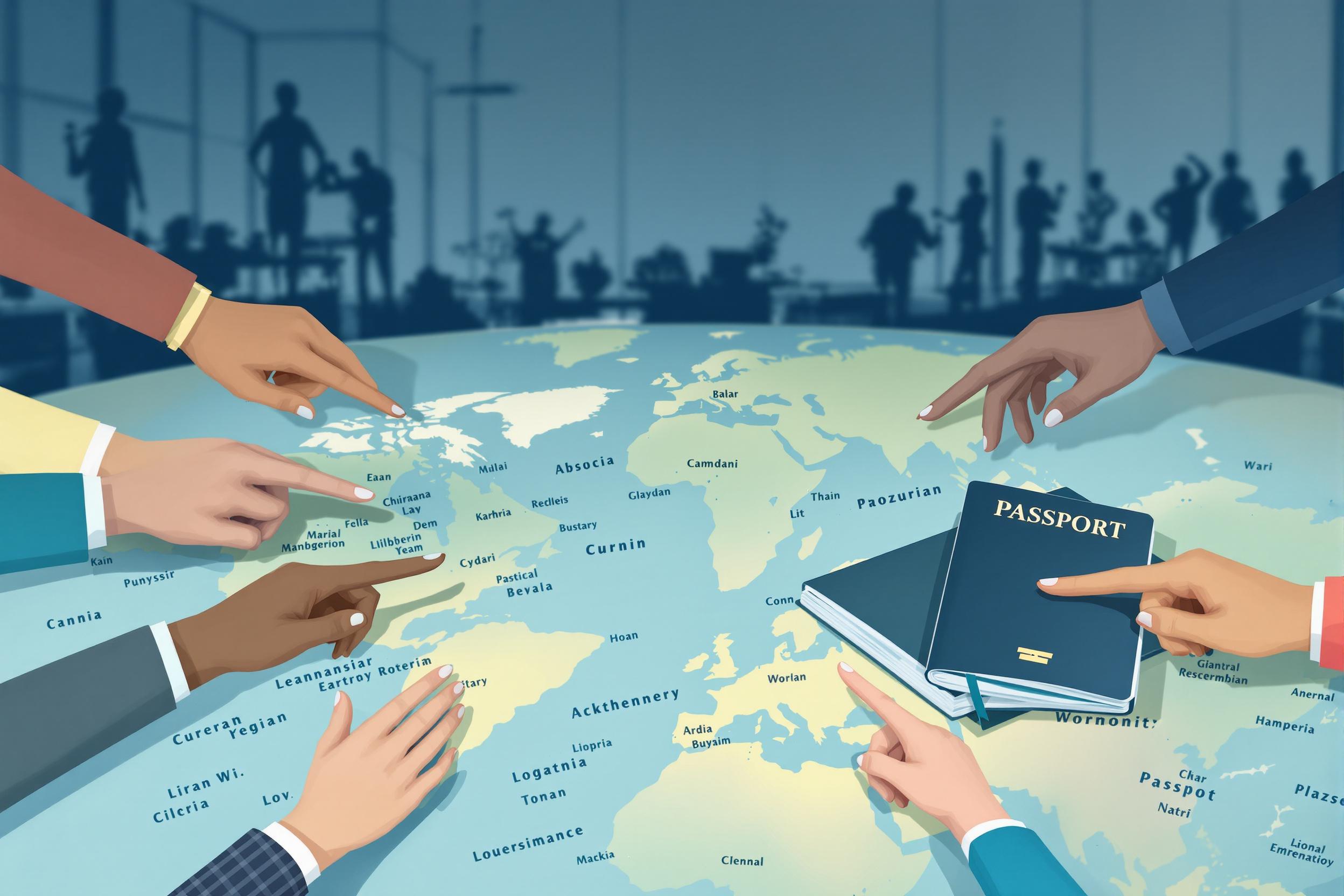
Import Regulations
Import Regulations are the rules and procedures that govern bringing antiques and art pieces into a country. These rules help ensure that valuable or historic items are properly documented, legal to import, and not stolen or counterfeit. For antique dealers, understanding these regulations is crucial because they affect which items can be bought from overseas, what paperwork is needed, and how much additional cost (like duties and taxes) might be involved. Different countries have different rules, especially for items over 100 years old or items made from protected materials like ivory or certain woods.
Examples in Resumes
Managed Import Regulations compliance for a collection of 18th-century furniture from Europe
Successfully navigated Import Regulation requirements for Asian artifacts worth over $500,000
Trained staff on Import Regulations and customs documentation procedures for antique imports
Typical job title: "Import Compliance Specialists"
Also try searching for:
Where to Find Import Compliance Specialists
Professional Organizations
Government Resources
Job Resources
Example Interview Questions
Senior Level Questions
Q: How would you handle a situation where an imported antique lacks proper documentation?
Expected Answer: A senior specialist should explain the process of working with customs officials, documenting item provenance, potentially seeking expert authentication, and understanding when to engage legal counsel. They should also discuss risk assessment and mitigation strategies.
Q: What steps would you take to implement a compliance program for a large antique importing business?
Expected Answer: Should discuss creating documentation systems, staff training programs, establishing relationships with customs brokers, setting up verification procedures, and maintaining updated knowledge of changing regulations.
Mid Level Questions
Q: What documentation is typically required for importing antiques over 100 years old?
Expected Answer: Should be able to list key documents like certificates of authenticity, age verification, import licenses, and customs declarations, explaining the purpose of each.
Q: How do you determine if an item requires special permits or licenses?
Expected Answer: Should explain checking item age, material composition, country of origin, and consulting relevant databases or experts to determine necessary permissions.
Junior Level Questions
Q: What are the basic steps in importing an antique item?
Expected Answer: Should be able to outline the basic process: item verification, documentation gathering, customs declaration, paying duties, and arranging proper shipping.
Q: What resources do you use to stay updated on import regulations?
Expected Answer: Should mention government websites, trade associations, professional networks, and customs bulletins as information sources.
Experience Level Indicators
Junior (0-2 years)
- Basic understanding of customs forms
- Knowledge of restricted items
- Document filing and organization
- Basic shipping procedures
Mid (2-5 years)
- Complex documentation handling
- Duty and tax calculations
- Relationship management with customs officials
- Understanding of international trade agreements
Senior (5+ years)
- Program development and implementation
- Staff training and supervision
- Crisis management
- Expert knowledge of international trade laws
Red Flags to Watch For
- No knowledge of basic customs documentation
- Unfamiliarity with restricted or prohibited items
- Poor attention to detail in paperwork
- Lack of understanding about age verification processes
- No experience with customs broker coordination
Related Terms
Need more hiring wisdom? Check these out...

Navigating the Legal Labyrinth: Unpacking Global Labor Laws for Transnational Teams

Global Compliance Checks: The Hidden Puzzle Pieces of Background Screening Revealed

Navigating Compliance: Structuring On-the-Job Training in Regulated Industries

